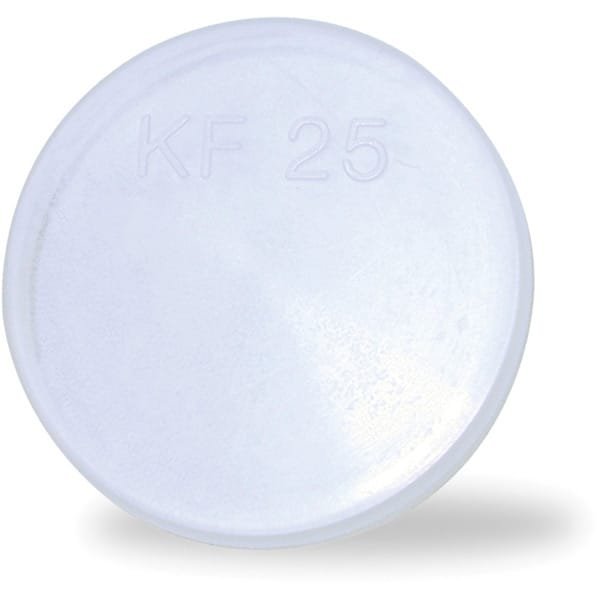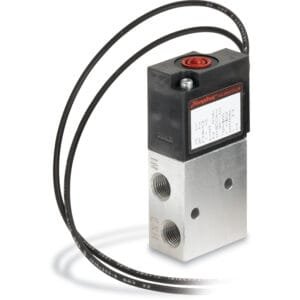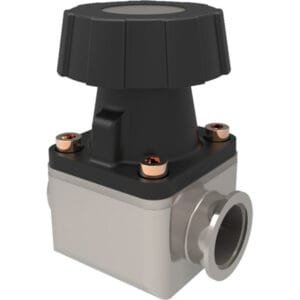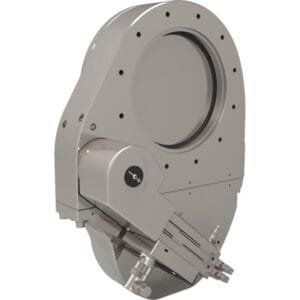ISO HV Flange Caps: Secure and Reusable Sealing for High-Vacuum ISO Flange Connections
ISO HV Flange Caps are essential components used to seal off unused ports in high-vacuum (HV) systems that utilize ISO-standard flanges, such as ISO-K or ISO-F. These caps provide a reliable vacuum seal while allowing flexibility for future system modifications, maintenance, or staged expansion. Designed to conform to international ISO standards, these flange caps are widely used in research laboratories, industrial vacuum processes, and vacuum packaging systems.
Manufactured from durable materials such as aluminum or 304L stainless steel, ISO HV Flange Caps offer robust performance under vacuum conditions. The caps are available in blank (non-bored) form and are designed to mate with ISO flanges via clamps and sealing rings. When properly assembled using elastomeric o-rings and clamp collars (for ISO-K) or bolts and washers (for ISO-F), these caps deliver vacuum-tight performance suitable for pressures as low as 10⁻⁸ Torr.
These flange caps are especially useful in vacuum systems where some ISO ports must be temporarily sealed—for example, during chamber venting, system maintenance, equipment upgrades, or the future integration of diagnostic tools. The reusability of ISO HV Flange Caps makes them more economical than welded blanks and ideal for flexible or reconfigurable system architectures.
Key benefits of ISO HV Flange Caps include:
Vacuum Compatibility: Rated for HV and UHV applications.
Material Options: Typically offered in 304L stainless steel for harsh environments or aluminum for general-purpose use and weight-sensitive setups.
Seal Reliability: Designed to compress evenly with standard ISO elastomeric seals (Viton, Buna-N, etc.).
Tool-Friendly Assembly: Compatible with ISO standard fastening methods including quick-clamp (ISO-K) and bolt ring (ISO-F) systems.
TFM supplies ISO HV Flange Caps in all common ISO sizes—ISO63, ISO100, ISO160, ISO200, ISO250, ISO320, and ISO400—with smooth surface finishes and precise machining to ensure tight sealing and repeatable performance. Custom modifications, including vent holes, engraved labels, or specialized coatings, are available upon request to meet application-specific requirements.
In summary, ISO HV Flange Caps are critical components for managing unused ISO ports in high-vacuum infrastructure. Their durability, compatibility with ISO sealing hardware, and easy reusability make them an indispensable part of any flexible vacuum system.
Ordering Table
| Flange OD | Per Package | Part Number |
| ISO63 | 10 | QF63CAP |
| ISO80 | 10 | QF80CAP |
| ISO100 | 10 | QF100CAP |
| ISO160 | 10 | QF160CAP |
| ISO200 | 10 | QF200CAP |
| ISO250 | 10 | QF250CAP |
| ISO320 | 10 | QF320CAP |





Reviews
There are no reviews yet.